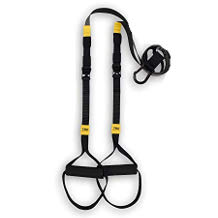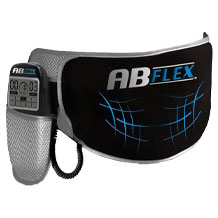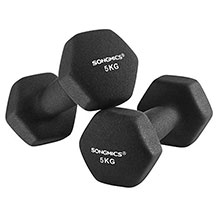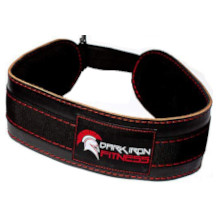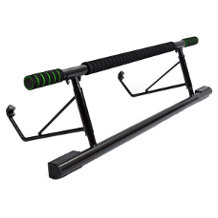Punching bag purchasing advice: how to choose the right product
- What you need to know
- Punching bags are great for training a variety of combat styles and martial arts.
- You can also use them for endurance training.
- The size and weight of your punching bag should match your own height and weight.
- Always wear hand wraps and boxing gloves when training with a punching bag.
An old sparring partner
A gloomy hall. Meat carcasses hang in long rows on thick metal hooks. Two men stroll through the cold hall: a boxer and his future brother-in-law. After a heated conversation, the former gets angry and breaks down. He hits a carcass again and again until his fists are red. This is a scene from the movie Rocky. The eponymous hero of the film is an aging boxer from Philadelphia. He doesn’t have a punching bag at home. He’s too poor for that. That’s why he trains at his workplace – a slaughterhouse.

The concept of punching bags has been around for a long time – they are present across the entire written history of combat training. After all, they are basically just big cylinders that feel good to punch or kick. Punching bags aren’t just for boxers – nowadays they are widely used training accessories.
Not just for boxers
Punching bags aren’t just for practicing combat sport – they can be used for endurance training and even stress relief or anger management. Depending on what you’re planning on doing with your punching bag, there are a few different types on the market, as outlined below.
Combat sports
Most combat sports involve either punching or grappling. Punching bags aren’t very good for grappling-based combat sports such as Greco-Roman wrestling, Judo, or Jiu-Jitsu. However, they are extremely useful when training for combat sports that involve any kind of striking. These include disciplines like boxing, kickboxing, Muay Thai, Taekwondo, Karate, and MMA.
Depending on what sport you are doing, punching bags can be used in a variety of ways. They can be used to train technique, power, and endurance. For example, you might use the main surface to try out new hits without worrying about precision. You can also use the bag to train your punching strength since it’s so durable. Technical skill such as correct distance between you and your opponent can also be trained using a punching bag, and many professionals use punching bags to increase their endurance.
Fitness
If you have no interest in combat sports, punching bags are still a great option for your fitness. They are especially good for endurance training. If you’ve ever trained on a punching bag, you’ll know that feeling of your arms getting heavier – if you add footwork to the mix, you’ll run out of steam even faster.
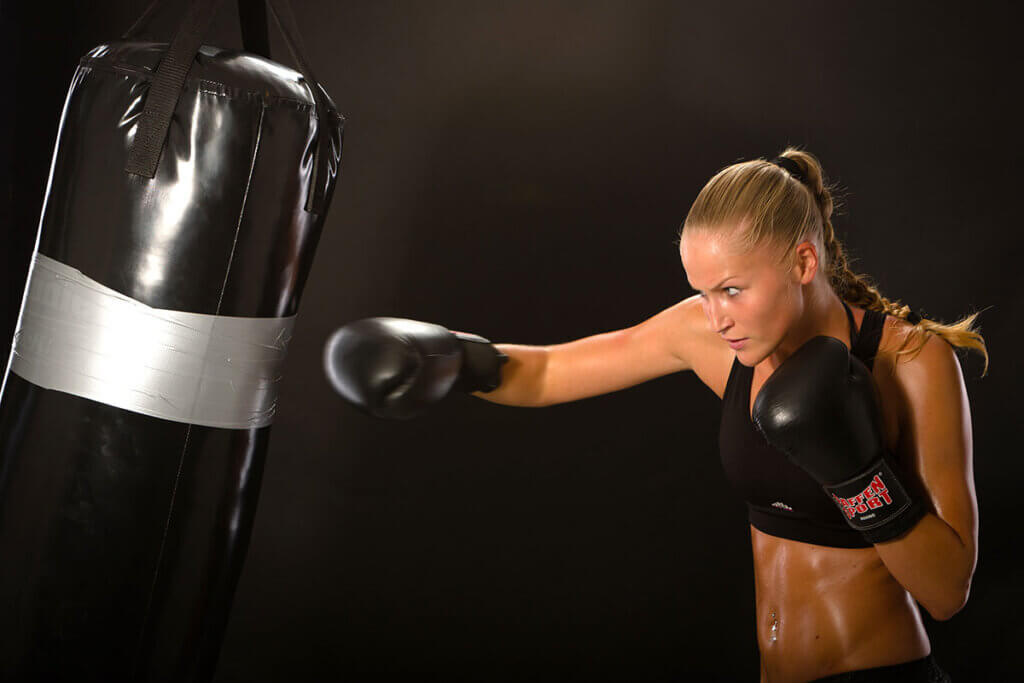
Punching bags are commonly used for HIIT training. HIIT stands for ‘high intensity interval training’. As the name suggests, it is characterized by repeated high-intensity bursts of activity followed by short rest periods. HIIT is great for training endurance and burning calories. You can organize HIIT training in such a way that it replicates the rhythm of a boxing match. Strike the punchbag with maximum intensity for a period of time and then rest before repeating. You can adjust the timings based on your fitness level.
Stress relief and anger management
Last but not least, punching bags can also help with your mental health – you can let all you stress and anger out on it! Everyone needs to let off steam and control their anger from time to time, and punching bags are a great way to do this. Letting out your anger on a punching bag is extremely tiring and can help you get rid of negative emotions. In fact, the exercise might even put you in a good mood – exercise makes you produce the happy hormones dopamine and serotonin.
Buying tips
When choosing a punching bag there are a few things to look out for. Weight and size will depend on your own body size, but things like installation and price are important to consider for everyone. Read on for an overview so you can make an informed purchase.
Punching bags come in a range of shapes and sizes. However, in this article, we will only discuss hanging and self-standing punching bags. Both are designed to be used for combat training, but due to the way they are installed they have slightly different properties.
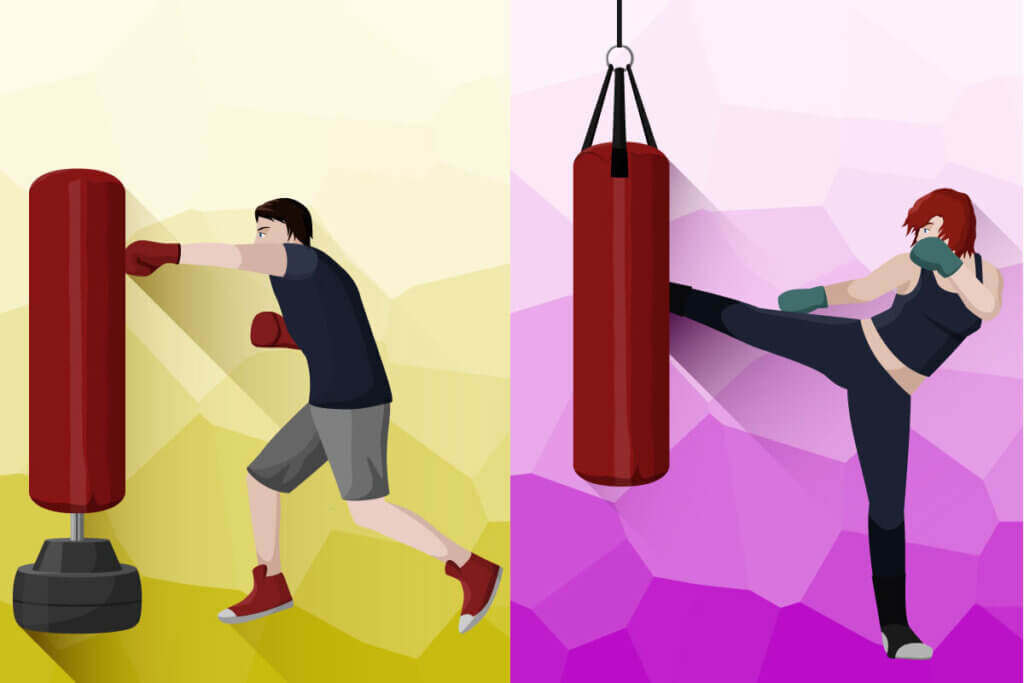
Freestanding punching bags
Freestanding punching bags have a base that needs to be filled with water or sand to give them stability. If you can lift it, sand is the way to go as it is heavier and thus more stable. Once hit, freestanding punching bags rock back and forth.
Advantages
- Space saving
- Can be stowed away quickly
- Simple installation
Disadvantages
- Can tip over
- Can scratch your floor
Hanging punching bags
Hanging punching bags are the classic option, generally favored by professionals. Installation is somewhat more complicated than with self-standing models. You need to attach them to a ceiling or beam capable of carrying their weight. When hit, the bag swings back and forth – you can use this to practice ducking and weaving like in a real boxing match. Hanging punching bags can’t tip over, so they’re best for training your punching power.
Advantages
- Cheaper
- Can’t tip over
- Better for practicing combination punches
- Best for training punching power
Disadvantages
- Take up more space
- Tricky installation
Materials
The outer material of any punching bag needs to be robust so it can withstand repeated use. There are a wide range of materials used, from animal leathers through to synthetic plastics. Alongside the material, the seams also need to be strong to ensure durability. You can often tell the quality of a punching bag based on the quality of its seams.
Leather
If you want that classic punchbag aesthetic, then you’ll want one made with leather. Not only does leather look good, it is also durable and flexible. Leather punching bags tend to be high quality with strong stitches. They are also, predictably, on the pricier side. Leather absorbs moisture, so make sure you won’t be installing it somewhere that is too damp.
Synthetic leather
Synthetic leather is a good option if you want that same classic look but don’t want to spend as much. It is also strong and flexible but doesn’t last as long as animal leather.
Canvas
Canvas punching bags tend to be the cheapest on the market. This said, canvas is quite hard and so isn’t suitable for everyone.
Plastic
Some punching bags are made using plastics such as vinyl, nylon, or polyester. They are cheap and flexible, and are resistant to humidity. However, they aren’t as durable as leather. Plastic punching bags are best for light cardio exercise rather than strength training.
Filling
The weight and hardness of your punching bag will be determined largely by the filling. In general, punching bags come pre-filled. If you do want to choose your own filling, you can buy empty bags, but depending on the material it can be quite a big task to fill them.
Sawdust
If you’re planning on filling your punching bag yourself, sawdust is a cost-effective and easy to find option. The main thing to consider is that it can become quite compacted and harden over time. Sawdust also isn’t great in damp places as it will absorb moisture.
Textile
Textile scraps are very common nowadays as a punching bag filling. They are easy to spread out and evenly pack into the bag, and they are very cheap. This said, they can harden and get heavier over time. We don’t really recommend filling a punching bag with textile scraps yourself. It is difficult to judge what size to cut the fabric and how much filling to put in – you don’t want a punching bag that is overly hard.
Animal litter
You can also use animal litter to fill your punching bag. It is cheap, readily available, and easy to fill with. Litter can, however, decompose after time, producing dust. If your bag isn’t completely airtight, the dust will begin to puff out between the seams. You don’t want to have to clean that up, nor do you want to be breathing it in while exercising.
Paper
Shredded paper can also be used to fill punching bags. It is a very cheap option and can be made at home. It is also environmentally friendly as you’re recycling wastepaper. However, just as with sawdust, it is susceptible to moisture and will also harden over time.
Dried food
You can even use dried food as a filling for your punching bag. Rice, grains, corn, and pulses are just some of the options you might consider. Having said this, dried food will be more expensive than sawdust, and it is too hard for most people. If exposed to enough moisture, the food will also rot.
Sand
Last but certainly not least, sand is the traditional filler for punching bags. In fact, some people affectionately call their punching bags ‘sandbags’. This said, sand isn’t as common a filling as it used to be. This is because it is very heavy and hard – even more so once it absorbs moisture. Unless you’re an experienced user, sand can be too hard for your hands and could give you injuries.
Size
The optimum sized punching bag entirely depends on who is going to be using it, and what they are going to be using it for. As a rule, don’t go any shorter than 3 feet (90cm). If you’re wanting to train punching then a hanging bag just over 3 feet (100cm) tall will work well – you will be able to adjust the height using the chain it hangs from. If you go for a freestanding bag, choose one that is roughly your own height. This will give you the option to train head as well as body shots.
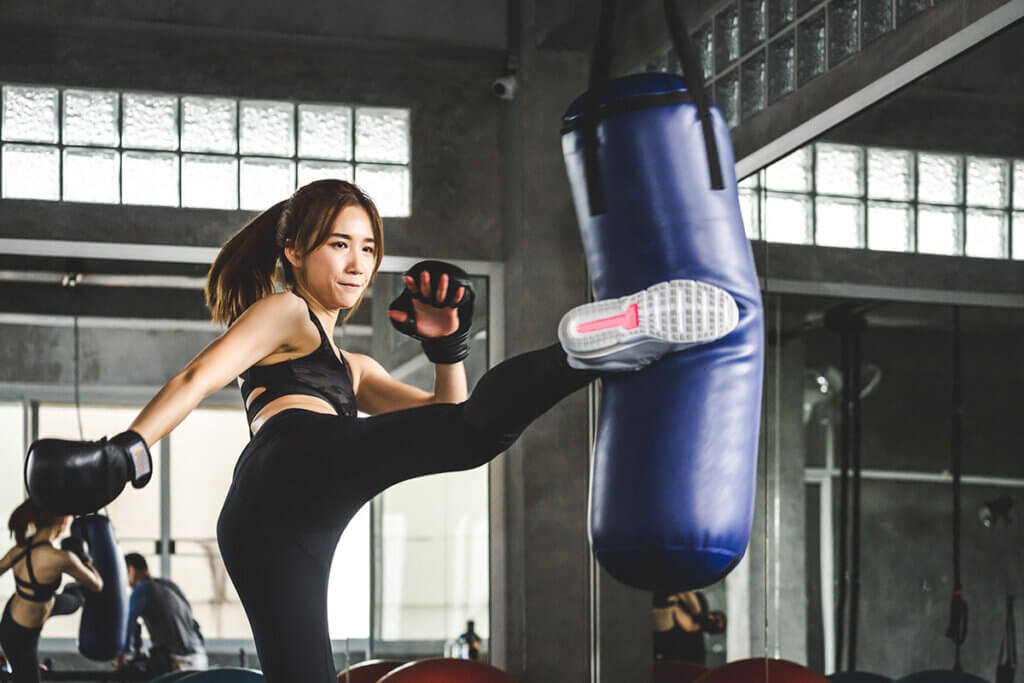
If you want to train low kicks as well then you need a hanging bag that is roughly the same size as you. In many martial arts such as Thai boxing, kicks are aimed at calf or knee height. As a result, you’ll want a bag that allows you to practice these low kicks as well as head shots.
We’ve been mainly talking about height, but width is also an important thing to consider. The wider the bag, the more punching options you have. We recommend getting a bag that is at least a foot in diameter (30cm). With a wider bag, you’ll be able to practice punches like the hook, where you have to whip your arm round from the side
Weight
The lighter the bag, the more it will move around when you’re hitting it. It is fun to make a punching bag move around, but you do want some resistance – especially if you want to train your punching power. As a rough rule of thumb, your bag should be 40-50% of your body weight. This should provide enough resistance even after a hard punch. The weight of your bag will depend on its size and filling.
Freestanding punching bags are heavier
At first glance, the weight of a freestanding punching bag might seem like way too much. Remember though, that most of the weight will be in the base. This needs to be very heavy to prevent the bag from tipping over too easily. When choosing a freestanding bag, the weight you need to pay attention to is that of the bag and not the base.
Prices and brands
Pricing depends on material, size, and brand. A small, no-name hanging bag made from plastic can cost around $30. If you want a leather freestanding bag from a brand like Everlast, it can cost a few hundred dollars.
You can buy punching bags online or in stores, but in general they will be cheaper online. You need to watch out for shipping costs, as bags can be heavy – sometimes going in-store will end up costing the same or less, and you’ll be able to check the seams and maybe even try it out. If you’re just starting out, this can be a good option so you get the right bag for you.
Usage tips
First and foremost, you need to install your punching bag with enough space around it. You need space for the bag to be able to swing around, as well as enough space for you to practice things like wheel kicks. If your punching bag is too close to your walls it will leave marks when it swings around.
Footwork is an important part of boxing training. Make sure you are always engaging your legs and knees when using your punching bag – this will help you when it comes to real boxing matches. Most importantly, you can generate much more punching power if you use your legs.
Lots of people think that boxing gloves are just for protecting the head when fighting. This is a misconception: they do protect the head of the punch recipient, but they also protect your hands and knuckles. Gloves mean you can punch harder without worrying about hurting your hand. Do not use your punching bag without hand wraps and boxing gloves. Some punching bags will come with boxing gloves included. This said, it is often a good idea to buy them separately, so you get gloves that fit you properly.
In general, punching bags are very easy to maintain. If yours gets dirty from dust or sweat, just wipe it down with a damp cloth. The only thing to watch out for is that most punching bags aren’t waterproof, so you need to make sure that yours doesn’t get soaked – also, don’t install it somewhere very humid. The best thing to do is just follow the instructions provided by the manufacturer.
Image 1: © SeanPavonePhoto / stock.adobe.com | Image 2: © photo-corona / stock.adobe.com | Image 3: © FinalCheck | Image 4: © Peera / stock.adobe.com

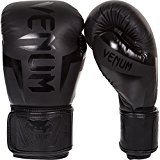
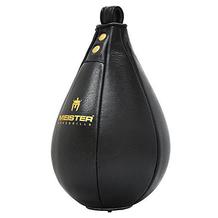
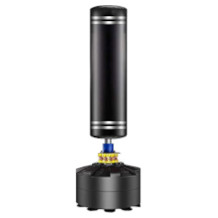
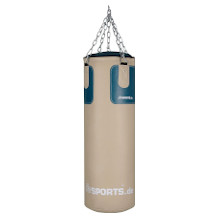




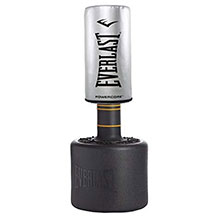

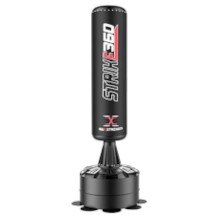




 2,764 reviews
2,764 reviews

